Shohei Ohtani, Yu Darvish, Yoshinobu Yamamoto—right now, Japanese players like them are showing remarkable success on the world stage of baseball. With all the news coverage, many people may have started to get interested in Japanese professional baseball or even the sport of baseball itself.
In Japan, there are professional baseball teams across the country, each reflecting the culture and character of their region. Visiting a stadium while traveling and experiencing its atmosphere and excitement can be a lot of fun.
That said, even if you think "I want to learn about baseball" or "I want to watch a game at the stadium," if you’re a beginner who doesn’t know the rules very well, it can feel difficult to take that first step.
For those beginners, an editor who is also new to baseball has put together everything you’ll want to know for your very first game—from the basic rules of baseball, to how Japanese professional baseball works, to how to enjoy the stadium experience. At the end of the article, you’ll also find a report of actually watching a Hiroshima Toyo Carp game!
*By purchasing or reserving products introduced in this article, a portion of the sales may be returned to FUN! JAPAN.
Baseball Rules in a Nutshell
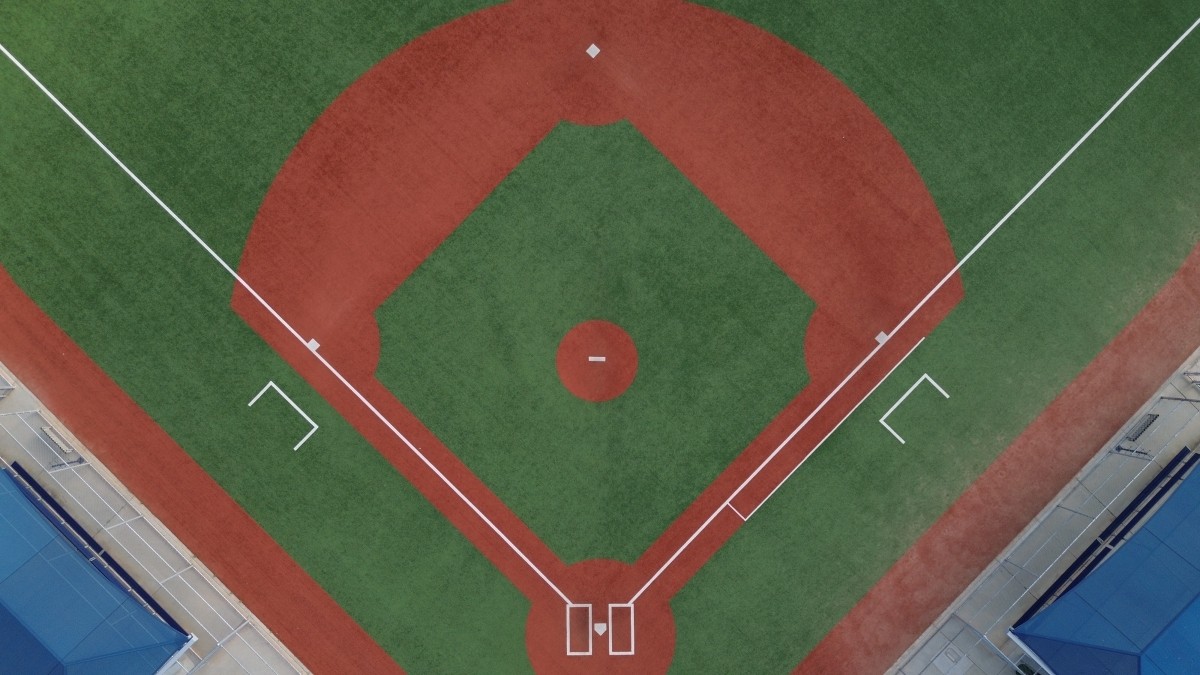
How many players are on a team, and how is the winner decided? Let’s quickly go over the basic rules you should know before anything else.
The team with the most runs wins!
Baseball is played with 9 players on each team. The two teams alternate between offense and defense, trying to score more runs than the other. Each inning consists of a "top" (first half, offense by the visiting team) and a "bottom" (second half, offense by the home team), repeated 9 times. The team with more runs at the end wins. If the score is tied, extra innings are usually played up to the 12th inning.
Step on home plate to score! The basics of offense and defense
Offense
The batter hits the ball thrown by the pitcher and runs around the bases (first, second, and third) before returning to home plate to score 1 run. Batters can also get on base by a "walk" (four balls) or being hit by a pitch.
Defense
The pitcher throws the ball, and the fielders work together to get batters out or prevent runners (players on base) from scoring.
"Three Outs Change" between offense and defense
The defending team stops the offense by getting batters or runners "out." Once 3 outs are made, the teams switch sides. This is called a "three outs change." Here are the main ways to get an out—just knowing these is enough to follow the game!
- The batter swings and misses 3 times, or doesn’t swing at good pitches that are called strikes (strikeout).
- The ball hit by the batter is caught directly by a fielder before it touches the ground (fly out).
- Before the runner reaches the base, the fielder touches them with the ball in hand (tag out).
- Before the runner reaches the base, the fielder gets the ball to that base first (force out).
When Did the Two-League System Begin? The Structure of Nippon Professional Baseball
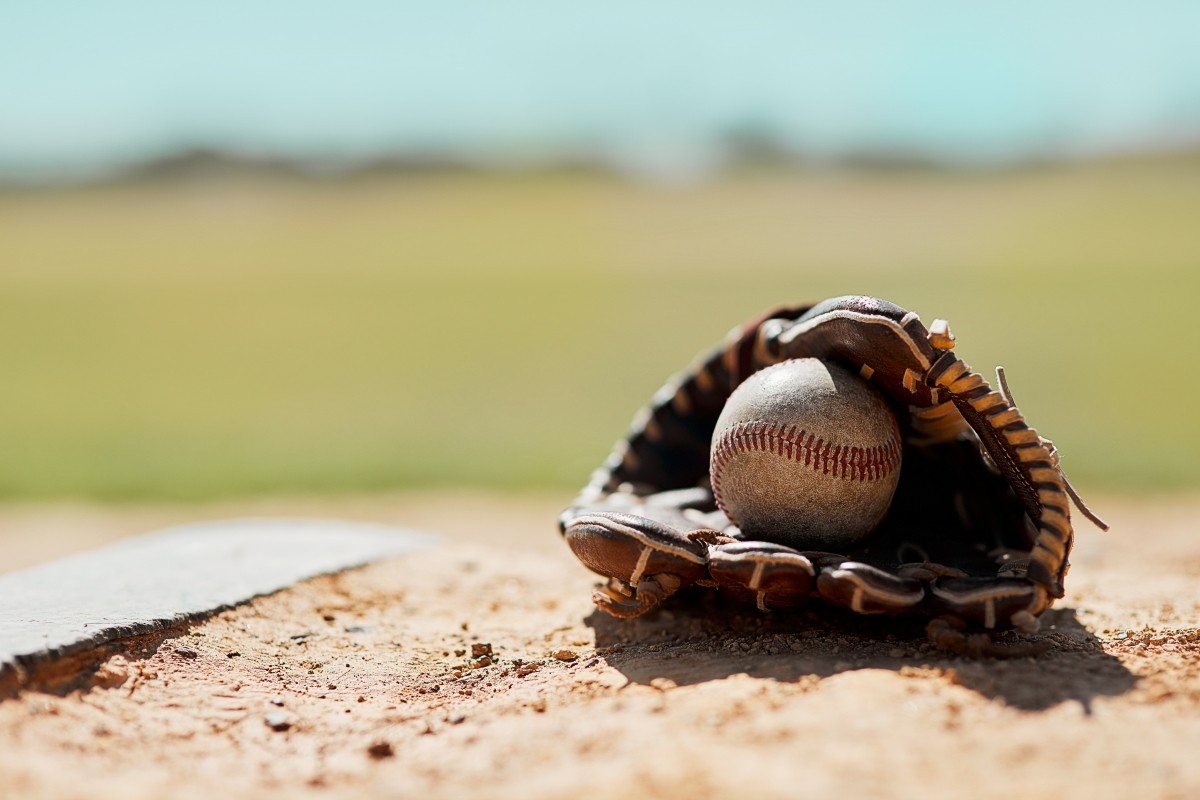
When did professional baseball begin in Japan? Alongside soccer and sumo, professional baseball (Nippon Professional Baseball = NPB) is said to be one of the three major sports in Japan. Let’s take a look at its history and structure.
Read related article 👉 [Sumo Match Viewing Premium Seat Report] The Complete Guide to Enjoying Your First Sumo Match 120%!
Read related article 👉 For beginners! A complete guide to "watching soccer". What to bring and what to wear?
Professional baseball league games started in 1936
The first professional baseball league games in Japan began in 1936. At the time, there were seven teams: the Tokyo Giants, Osaka Tigers, Nagoya, Tokyo Senators, Hankyu, Dai Tokyo, and Nagoya Kinko.
The Central League (セ・リーグ) and the Pacific League (パ・リーグ)
The current two-league system began in 1950 with the entry of the Mainichi Orions. Disagreements arose between teams that opposed their entry and those that supported it. In the end, the opposing teams formed the Central League (セ・リーグ), while the supporting teams formed the Pacific Baseball Federation, which later became the Pacific League (パ・リーグ).
The Annual Flow of the Pro Baseball Season
The Japanese professional baseball season generally follows this schedule.
Open Games (early March – late March)
This is the adjustment period before the regular season, where each team plays practice games. It’s also a highlight for rookies and younger players to showcase their talent.
Regular Season (late March – early October)
The season starts around late March, with each team playing about 143 games as they aim for the league championship. Games are usually held six days a week, except on Mondays.
Climax Series (mid-October)
After the regular season ends, the top three teams from each league advance to this playoff within their league to decide the champion.
Japan Series (late October – early November)
The league champions who win the Climax Series from both the Central League and the Pacific League face off in the final showdown for the title of “No. 1 in Japan.” This is the most exciting and celebrated series of the year.
Off-season (November – February)
Once the season ends, players go through contract renewals, personal training, and fan appreciation events. It’s also the period when the draft, free agent (FA) transfers, and preparations for the upcoming season become very active.
Where Are the Home Stadiums and Who Are the Owner Companies? List of 12 Teams
Currently, there are 12 professional baseball teams in Japan. Here’s a look at their home stadiums and owner companies.
The 6 Teams of the Central League (CL)
| Team Name | Home Stadium | Prefecture | Owner Company |
Yomiuri Giants | Tokyo Dome | Tokyo | Yomiuri Shimbun |
| Hanshin Tigers | Hanshin Koshien Stadium (Koshien Stadium) | Hyogo Prefecture | Hanshin Electric Railway |
| Yokohama DeNA Baystars | Yokohama Stadium (Hamasta) | Kanagawa Prefecture | DeNA |
| Hiroshima Toyo Carp | Mazda Stadium | Hiroshima Prefecture | (Citizen-owned team) |
| Tokyo Yakult Swallows | Meiji Jingu Stadium (Jingu Stadium) | Tokyo | Yakult Honsha |
| Chunichi Dragons | Vantelin Dome Nagoya (Nagoya Dome) | Aichi Prefecture | Chunichi Shimbun |
The 6 Teams of the Pacific League (PL)
| Team Name | Home Stadium | Prefecture | Owner Company |
Orix Buffaloes | Kyocera Dome Osaka (Osaka Dome) | Osaka | Orix |
| Fukuoka SoftBank Hawks | Mizuho PayPay Dome Fukuoka (Fukuoka Dome) | Fukuoka Prefecture | SoftBank Group |
| Hokkaido Japan-Ham Fighters | ES CON Field HOKKAIDO | Hokkaido | Nippon Ham |
| Saitama Seibu Lions | Belluna Dome (Seibu Dome) | Saitama Prefecture | Seibu Holdings |
| Chiba Lotte Marines | ZOZO Marine Stadium (Chiba Marine Stadium) | Chiba Prefecture | Lotte Holdings |
| Tohoku Rakuten Golden Eagles | Rakuten Mobile Park Miyagi (Miyagi Stadium) | Miyagi Prefecture | Rakuten Group |
"Samurai Japan" – The National Team of Selected Players
In addition to the regular season, there are international tournaments such as the World Baseball Classic (WBC) and the Olympics, where teams from different countries compete for the world title.
Players selected from various Japanese teams participate, and the nickname for Japan’s national baseball team is "Samurai Japan."
How to Get Tickets for Pro Baseball Games

Once you’ve learned more about baseball, the next step is to get tickets and experience the stadium atmosphere in person.
Buying online in advance is the safest option
The main way to purchase tickets for pro baseball games is through each team’s official website or ticket-selling platforms (for example, Ticket Pia, Lawson Ticket, etc.). Popular games and season openers can sell out quickly, so it’s best to buy early.
Same-day tickets may be available
Depending on the game, same-day tickets may also be sold. These can be purchased at the stadium on game day or through ticket platforms.
English ticket sites for international visitors
Some teams offer English-language ticket purchase websites for foreign tourists. Be sure to check the team’s official site in advance. In some cases, foreigner-friendly ticket platforms also sell them.
【klook】Baseball Game Tickets (Tokyo)
【klook】Fukuoka SoftBank Hawks Baseball Game Tickets
"Baseball Watching Tours" for a Great Deal
In addition to just tickets for the game, there are also value-packed "baseball watching tours" that include transportation and accommodation. Some even come with special perks, like the chance to see players’ practice sessions. Enjoying one of these package tours as part of your trip is highly recommended.
【klook】ES CON Field HOKKAIDO Baseball Game Ticket & Mitsui Outlet Park Sapporo Kitahiroshima Tour
【Spectator Report】Hiroshima Toyo Carp VS Yokohama DeNA BayStars
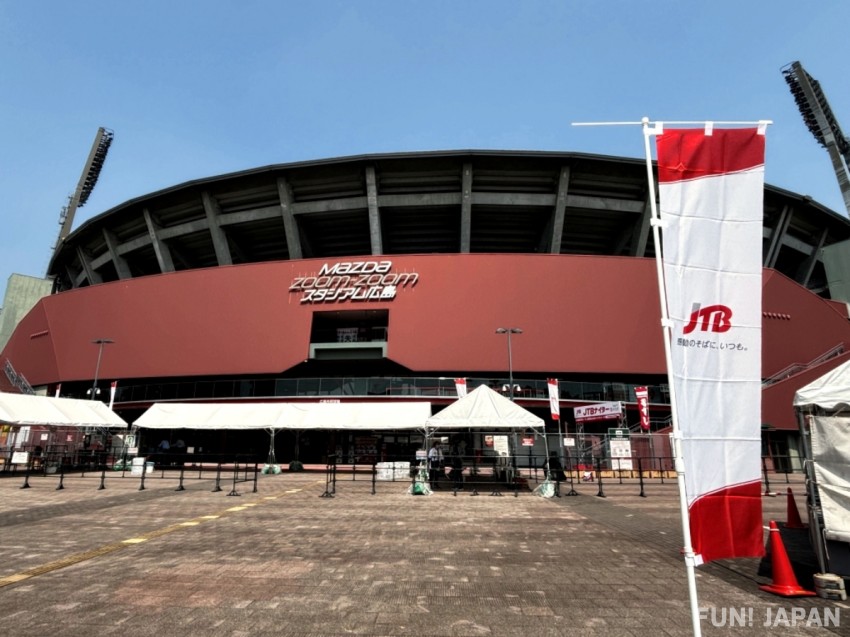
Here’s a game report from July 16, 2025 (Wednesday), when the "JTB Night Game: Hiroshima Toyo Carp vs. Yokohama DeNA BayStars" was held at Mazda Stadium. We’ll share the appeal of experiencing "live baseball" at the stadium, from the perspective of a beginner!
Who are the Hiroshima Toyo Carp? A Citizen-Owned Team Supported by Passionate Fans
Before diving into the game report, let’s take a quick look at the Hiroshima Toyo Carp.
The team was founded in 1950, as part of post-war reconstruction efforts, through investments from volunteers, local companies, and the people of Hiroshima Prefecture. Unlike other teams, they have no corporate owner, making them a "citizen-owned team" supported by the community. For Hiroshima residents, the Carp are more than just a pro baseball team—they’re a symbol of pride. The passion of the fans who fill the stadium is truly overwhelming.
Around the stadium, you can feel "Carp love" everywhere. At Hiroshima Station, there were adorable Carp-themed souvenirs.
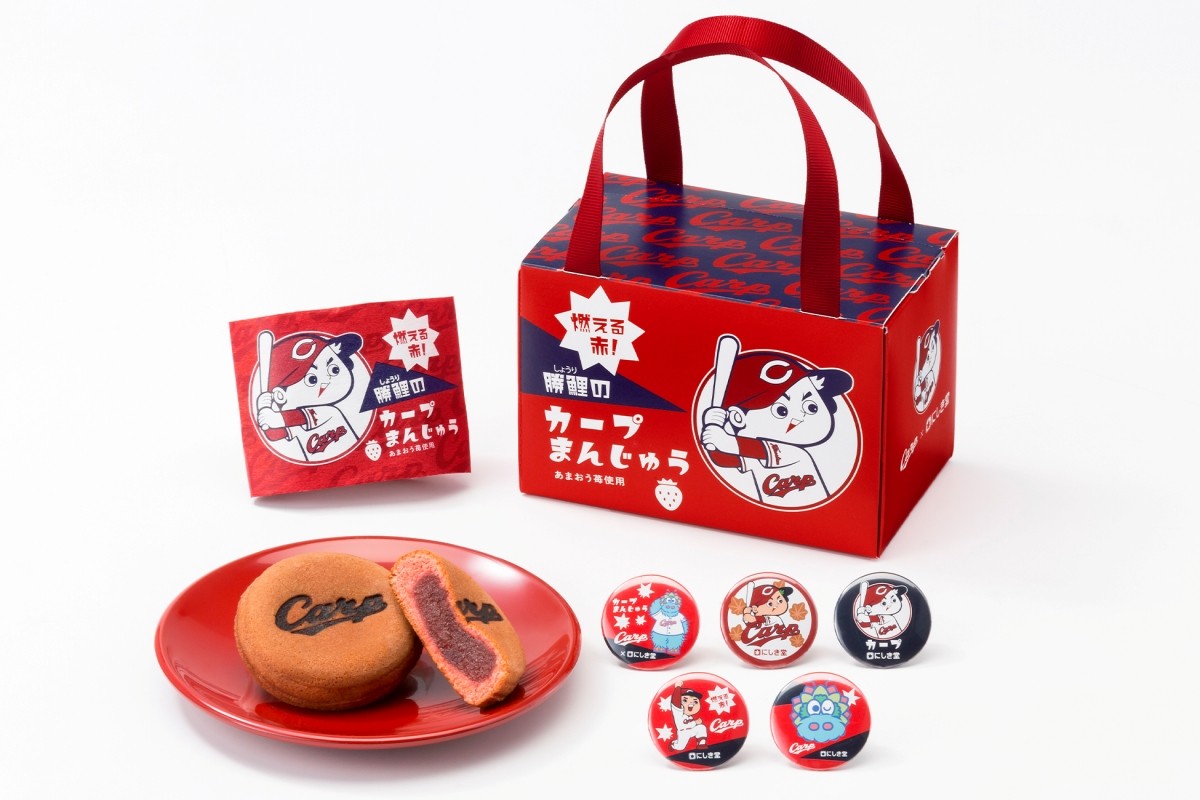
Related Article 👉 【2025】10 Hiroshima souvenirs that can be purchased at Hiroshima Station from 8 a.m.! Directly connected to the station "minamoa" and "ekie"
Arrive Early at the Stadium!
Opening times vary by stadium, but generally gates open 2–3 hours before the game starts. Stadiums are very spacious, with gourmet food stalls, merchandise shops, and sometimes even museums showcasing the team’s history.
If possible, arrive early and enjoy exploring the stadium before the game begins. Take your time walking around—you’ll be surprised how quickly game time comes.
What to Bring and Things to Watch Out For
Make sure to check what you’ll need to bring in advance. For outdoor stadiums, it’s a good idea to prepare a raincoat or foldable umbrella in case of sudden rain.
Also, rules on bringing in food and drinks vary by stadium. At Mazda Stadium, bottles, cans, and PET plastic bottles were not allowed.
Cheer with Carp Goods!
There are also many "Carp Girls" at the stadium! Pro baseball games usually last 3 to 4 hours, so it’s a long event. Since you’ll often be standing up and moving your body while cheering, it’s important to wear comfortable clothes that are easy to move in.
On top of that, if you put on Carp goods such as cheering towels, caps, or replica uniforms, cheering becomes even more fun. There are official shops inside the stadium, so it’s worth considering buying some. You’ll feel a sense of unity with the crowd, almost like you’ve become "one of the team"!
The shops at Mazda Stadium are spacious and split into two locations, so I was able to enjoy shopping at a relaxed pace.
Don’t Forget the Stadium Food!
Another big part of watching a baseball game is "stadium food." Each stadium offers plenty of unique menus, from local specialties to eye-catching items perfect for social media.
At Mazda Stadium, the must-try specialty is definitely "Carp Udon," which apparently has a history of 60 years!
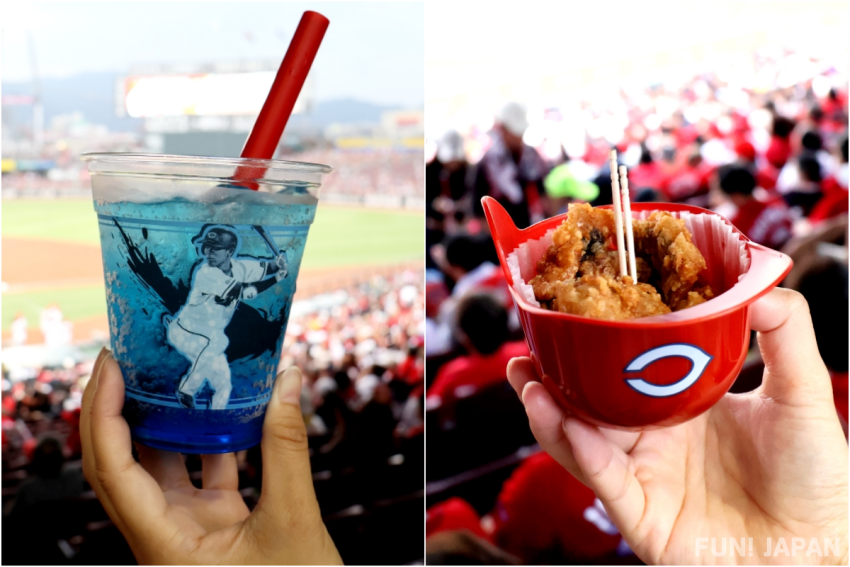
There are also lots of other new and classic foods that are great for Instagram. Tasting stadium-only food like this will definitely make your baseball experience even richer.
Join the Team’s Signature Cheering Events
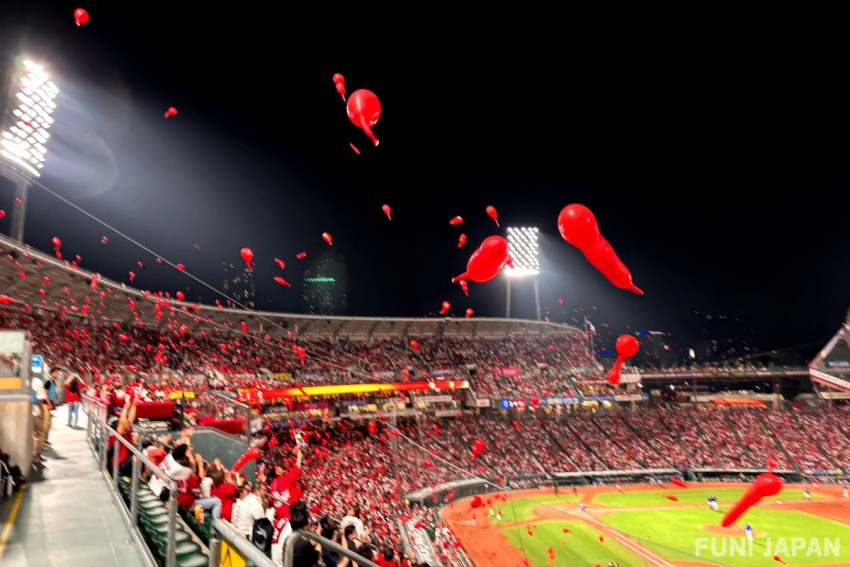
Each team has its own traditional cheering events, like team songs, chance themes, cheering dances, or jet balloons. Just singing, clapping, and joining in with the fans around you makes watching the game many times more exciting.
And the Result of the Game Was…?
On this day, the Carp were in a tough spot with 7 consecutive losses. But as the game went on, the energy picked up, and in the end, they achieved a wonderful victory!
The moment the whole stadium was filled with joy, being able to share that happiness with the fans was an unforgettable experience that you can only have by watching in person.
Packed with Excitement You Can’t Get on TV!
The sharp crack of the bat meeting the ball, the power of the pitcher’s full-force throws, the roaring cheers echoing from the stands—these are the thrills and heat of "live baseball" that TV just can’t capture. Be sure to visit the stadium at least once and experience it for yourself. You’ll surely end up loving baseball even more.
【klook】Baseball Game Tickets (Tokyo)
【klook】Fukuoka SoftBank Hawks Baseball Game Tickets
【klook】ES CON Field HOKKAIDO Baseball Game Ticket & Mitsui Outlet Park Sapporo Kitahiroshima Tour
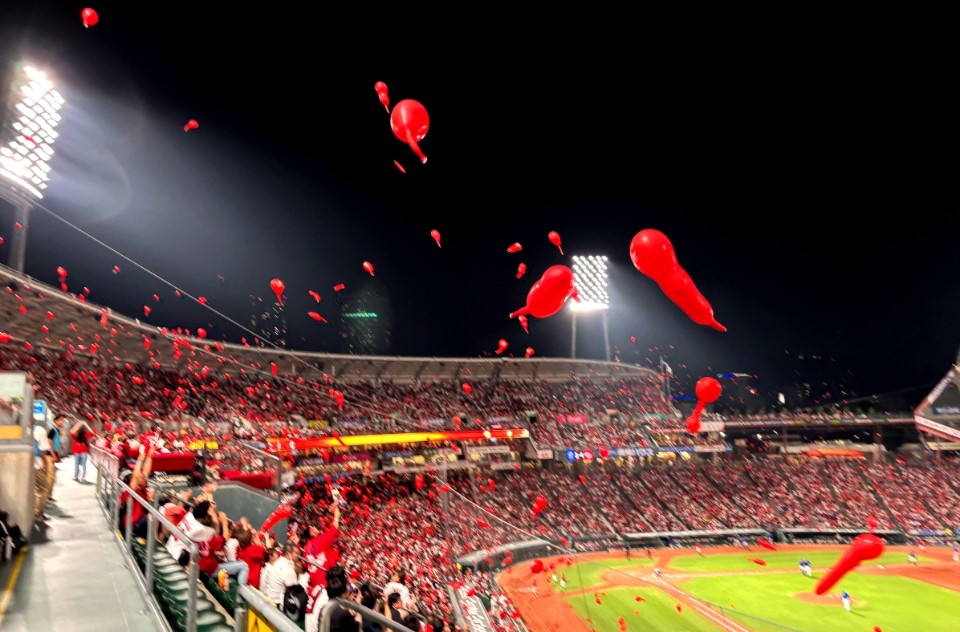
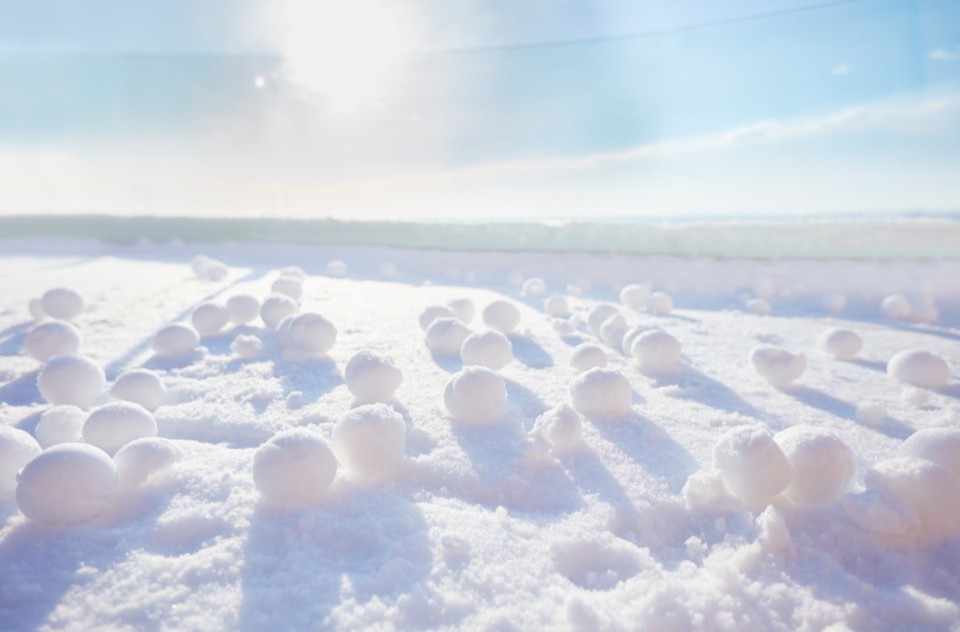
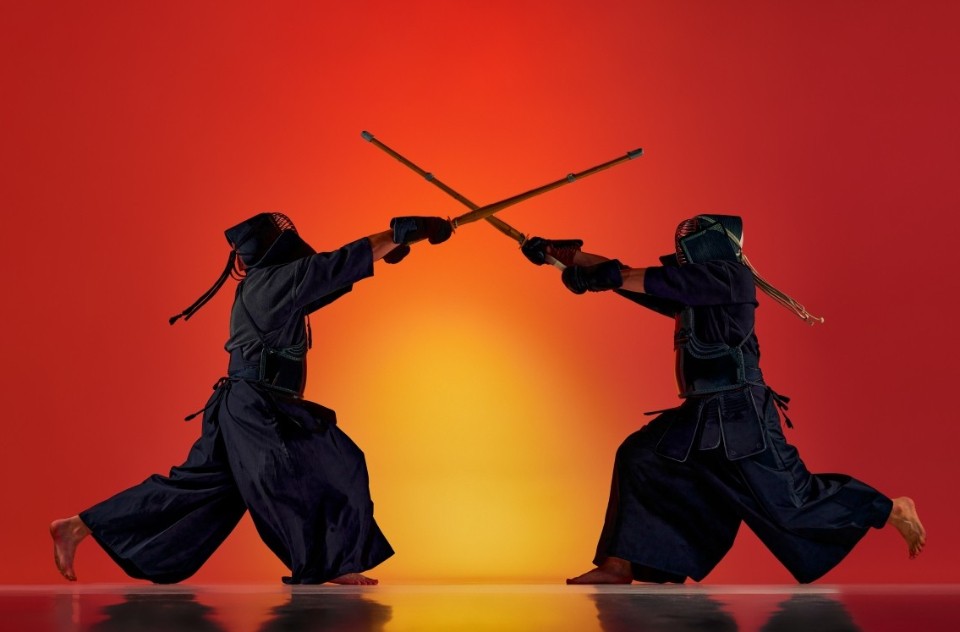
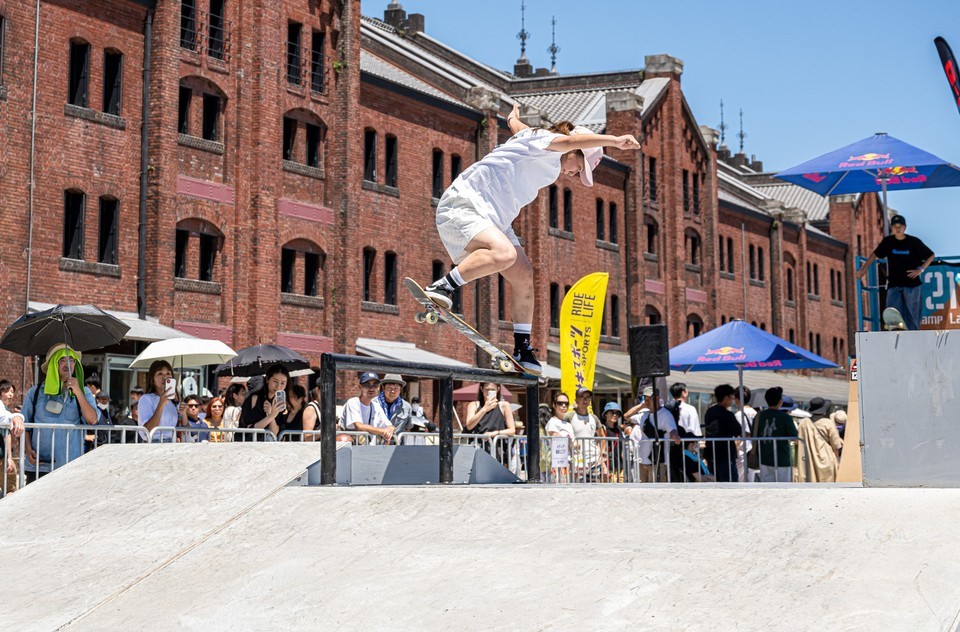
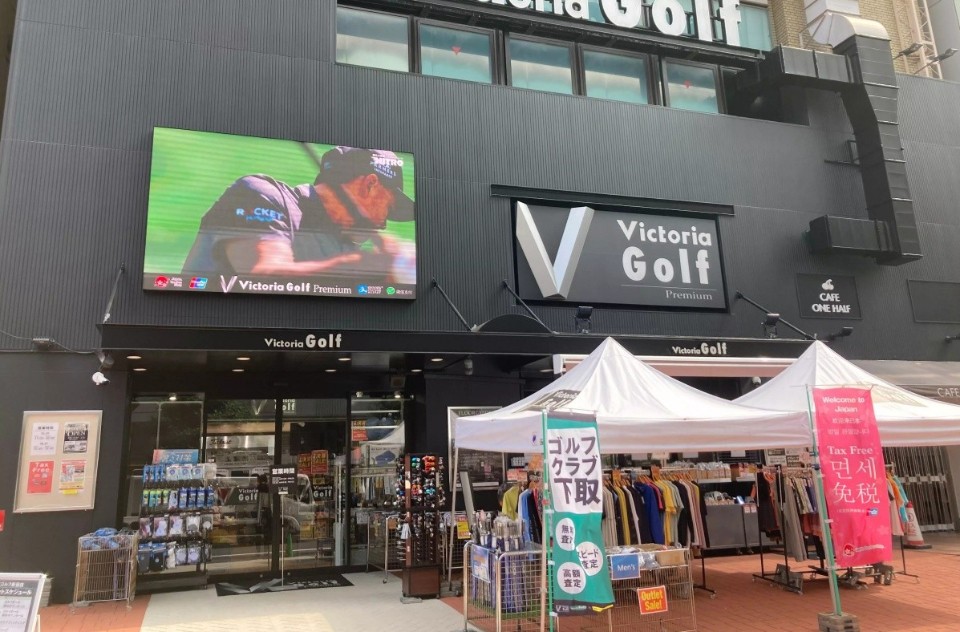
Comments